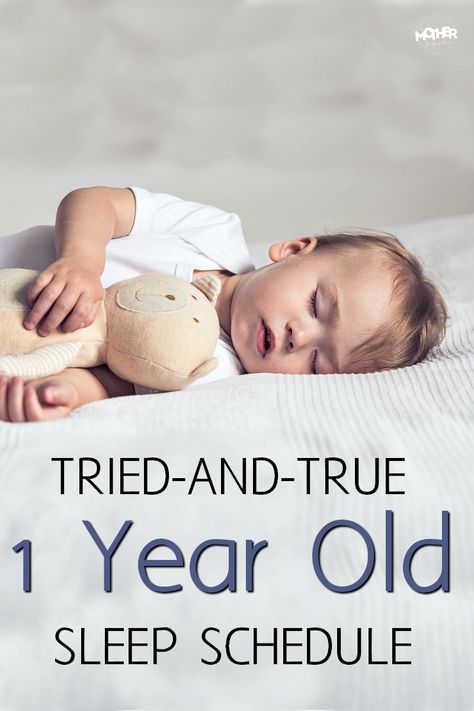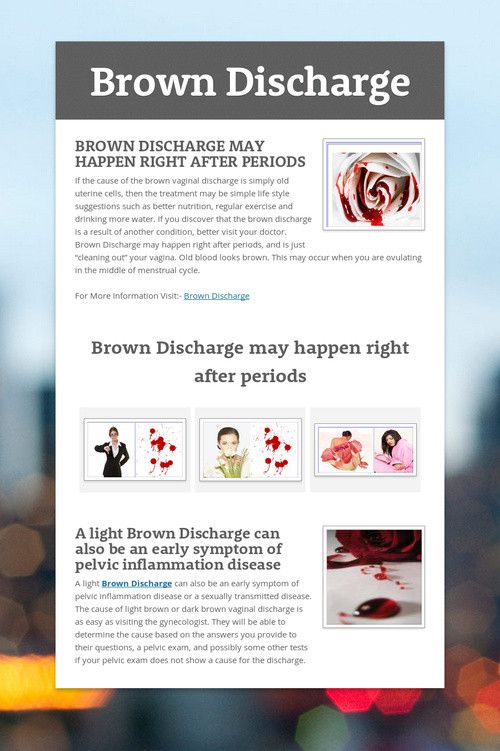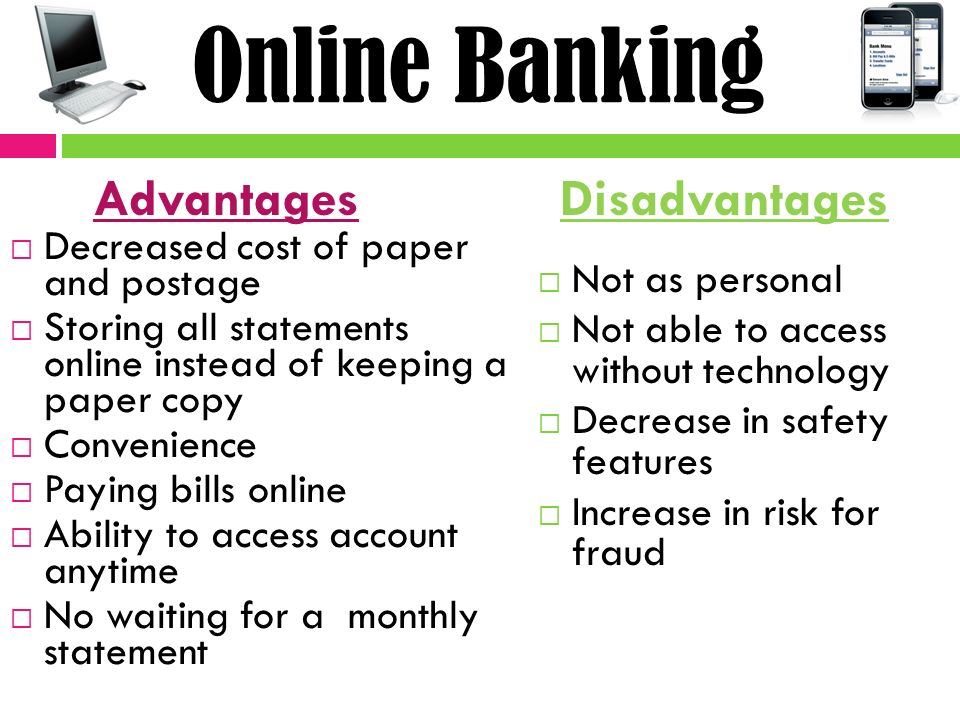7 year old with anger issues
Anger Management for Kids & How to Deal With Anger
When a child—even a small child—melts down and becomes aggressive, they can pose a serious risk to themselves and others, including parents and siblings.
It’s not uncommon for kids who have trouble handling their emotions to lose control and direct their distress at a caregiver, screaming and cursing, throwing dangerous objects, or hitting and biting. It can be a scary, stressful experience for you and your child, too. Children often feel sorry after they’ve worn themselves out and calmed down.
So what are you to do?
It’s helpful to first understand that behavior is communication. A child who is so overwhelmed that they are lashing out is a distressed child. They don’t have the skill to manage their feelings and express them in a more mature way. They may lack language, or impulse control, or problem-solving abilities.
Sometimes parents see this kind of explosive behavior as manipulative. But kids who lash out are usually unable to handle frustration or anger in a more effective way—say, by talking and figuring out how to achieve what they want.
Nonetheless, how you react when a child lashes out has an effect on whether they will continue to respond to distress in the same way, or learn better ways to handle feelings so they don’t become overwhelming. Some pointers:
- Stay calm. Faced with a raging child, it’s easy to feel out of control and find yourself yelling at them. But when you shout, you have less chance of reaching them. Instead, you will only be making them more aggressive and defiant. As hard as it may be, if you can stay calm and in control of your own emotions, you can be a model for your child and teach them to do the same thing.
- Don’t give in. Don’t encourage them to continue this behavior by agreeing to what they want in order to make it stop.
- Praise appropriate behavior. When they have calmed down, praise them for pulling themselves together. And when they do try to express their feelings verbally, calmly, or try to find a compromise on an area of disagreement, praise them for those efforts.

- Help them practice problem-solving skills. When your child is not upset is the time to help them try out communicating their feelings and coming up with solutions to conflicts before they escalate into aggressive outbursts. You can ask them how they feel, and how they think you might solve a problem.
- Time outs and reward systems. Time outs for nonviolent misbehavior can work well with children younger than 7 or 8 years old. If a child is too old for time outs, you want to move to a system of positive reinforcement for appropriate behavior—points or tokens toward something they want.
- Avoid triggers. Vasco Lopes, PsyD, a clinical psychologist, says most kids who have frequent meltdowns do it at very predictable times, like homework time, bedtime, or when it’s time to stop playing, whether it’s Legos or the Xbox. The trigger is usually being asked to do something they don’t like, or to stop doing something they do like.
 Time warnings (“we’re going in 10 minutes”), breaking tasks down into one-step directions (“first, put on your shoes”), and preparing your child for situations (“please ask to be excused before you leave Grandma’s table”) can all help avoid meltdowns.
Time warnings (“we’re going in 10 minutes”), breaking tasks down into one-step directions (“first, put on your shoes”), and preparing your child for situations (“please ask to be excused before you leave Grandma’s table”) can all help avoid meltdowns.
What kind of tantrum is it?
How you respond to a tantrum also depends on its severity. The first rule in handling nonviolent tantrums is to ignore them as often as possible, since even negative attention, like telling the child to stop, can be encouraging.
But when a child is getting physical, ignoring is not recommended since it can result in harm to others as well as your child. In this situation, Dr. Lopes advises putting the child in a safe environment that does not give them access to you or any other potential rewards.
If the child is young (usually 7 or younger), try placing them in a time out chair. If they won’t stay in the chair, take them to a backup area where they can calm down on their own without anyone else in the room. Again, for this approach to work there shouldn’t be any toys or games in the area that might make it rewarding.
Again, for this approach to work there shouldn’t be any toys or games in the area that might make it rewarding.
Your child should stay in that room for one minute, and must be calm before they are allowed out. Then they should come back to the chair for time out. “What this does is gives your child an immediate and consistent consequence for their aggression and it removes all access to reinforcing things in their environment,” explains Dr. Lopes.
If you have an older child who is being aggressive and you aren’t able to carry them into an isolated area to calm down, Dr. Lopes advises removing yourself from their vicinity. This ensures that they are not getting any attention or reinforcement from you and keeps you safe. In extreme instances, it may be necessary to call 911 to ensure your and your child’s safety.
Help with behavioral techniques
If your child is doing a lot of lashing out—enough that it is frequently frightening you and disrupting your family—it’s important to get some professional help.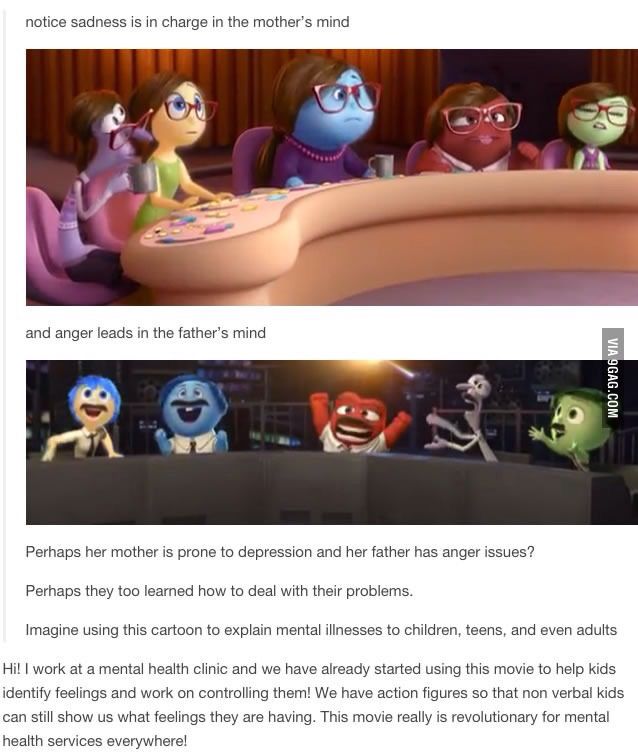 There are good behavioral therapies that can help you and your child get past the aggression, relieve your stress and improve your relationship. You can learn techniques for managing their behavior more effectively, and they can learn to rein in disruptive behavior and enjoy a much more positive relationship with you.
There are good behavioral therapies that can help you and your child get past the aggression, relieve your stress and improve your relationship. You can learn techniques for managing their behavior more effectively, and they can learn to rein in disruptive behavior and enjoy a much more positive relationship with you.
- Parent-child interaction therapy. PCIT has been shown to be very helpful for children between the ages of 2 and 7. The parent and child work together through a set of exercises while a therapist coaches parents through an ear bud. You learn how to pay more attention to your child’s positive behavior, ignore minor misbehaviors, and provide consistent consequences for negative and aggressive behavior, all while remaining calm.
- Parent Management Training. PMT teaches similar techniques as PCIT, though the therapist usually works with parents, not the child.
- Collaborative and Proactive Solutions.
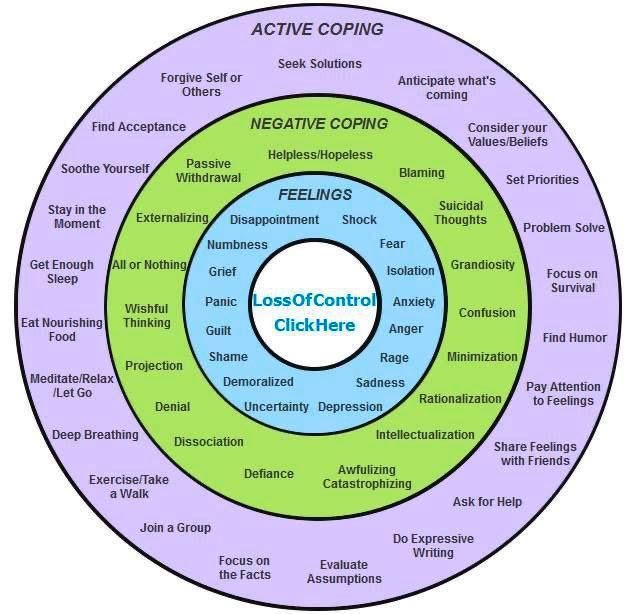 CPS is a program based on the idea that explosive or disruptive behavior is the result of lagging skills rather than, say, an attempt to get attention or test limits. The idea is to teach children the skills they lack to respond to a situation in a more effective way than throwing a tantrum.
CPS is a program based on the idea that explosive or disruptive behavior is the result of lagging skills rather than, say, an attempt to get attention or test limits. The idea is to teach children the skills they lack to respond to a situation in a more effective way than throwing a tantrum.
Figuring out explosive behavior
Tantrums and meltdowns are especially concerning when they occur more often, more intensely, or past the age in which they’re developmentally expected—those terrible twos up through preschool. As a child gets older, aggression becomes more and more dangerous to you, and the child. And it can become a big problem for them at school and with friends, too.
If your child has a pattern of lashing out it may be because of an underlying problem that needs treatment. Some possible reasons for aggressive behavior include:
- ADHD: Kids with ADHD are frustrated easily, especially in certain situations, such as when they’re supposed to do homework or go to bed.
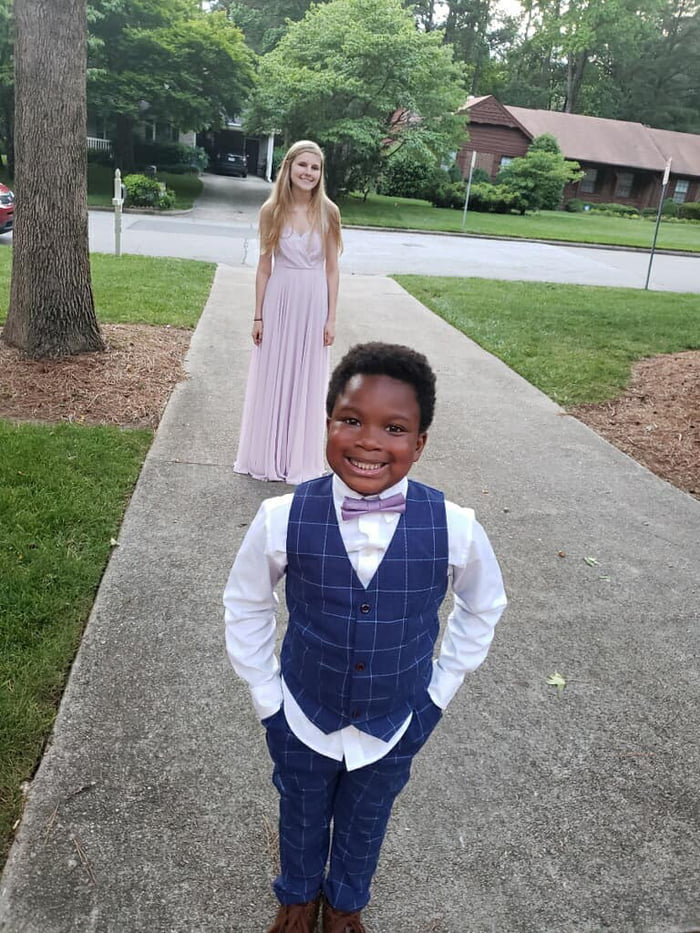
- Anxiety: An anxious child may keep their worries secret, then lash out when the demands at school or at home put pressure on them that they can’t handle. Often, a child who “keeps it together” at school loses it with one or both parents.
- Undiagnosed learning disability: When your child acts out repeatedly in school or during homework time, it could be because the work is very hard for them.
- Sensory processing issues: Some children have trouble processing the information they are taking in through their senses. Things like too much noise, crowds and even “scratchy” clothes can make them anxious, uncomfortable, or overwhelmed. That can lead to actions that leave you mystified, including aggression.
- Autism: Children on all points of the spectrum are often prone to major meltdowns when they are frustrated or faced with unexpected change. They also often have sensory issues that make them anxious and agitated.

Given that there are so many possible causes for emotional outbursts and aggression, an accurate diagnosis is key to getting the help you need. You may want to start with your pediatrician. They can rule out medical causes and then refer you to a specialist. A trained, experienced child psychologist or psychiatrist can help determine what, if any, underlying issues are present.
When behavioral plans aren’t enough
Professionals agree, the younger you can treat a child, the better. But what about older children and even younger kids who are so dangerous to themselves and others, behavioral techniques aren’t enough to keep them, and others around them, safe?
- Medication. Medication for underlying conditions such as ADHD and anxiety may make your child more reachable and teachable. Kids with extreme behavior problems are often treated with antipsychotic medications like Risperdal or Abilify. But these medications should be partnered with behavioral techniques.

- Holds. Parent training may, in fact, include learning how to use safe holds on your child, so that you can keep both them and yourself out of harm’s way.
- Residential settings. Children with extreme behaviors may need to spend time in a residential treatment facility, sometimes, but not always, in a hospital setting. There, they receive behavioral and, most likely, pharmaceutical treatment. Therapeutic boarding schools provide consistency and structure round the clock, seven days a week. The goal is for the child to internalize self-control so they can come back home with more appropriate behavior with you and the world at large.
- Day treatment. With day treatment, a child with extreme behavioral problems lives at home but attends a school with a strict behavioral plan. Such schools should have trained staff prepared to safely handle crisis situations.
Explosive children need calm, confident parents
It can be challenging work for parents to learn how to handle an aggressive child with behavioral approaches, but for many kids it can make a big difference. Parents who are confident, calm, and consistent can be very successful in helping children develop the skills they need to regulate their own behavior.
Parents who are confident, calm, and consistent can be very successful in helping children develop the skills they need to regulate their own behavior.
This may require more patience and willingness to try different techniques than you might with a typically developing child, but when the result is a better relationship and happier home, it’s well worth the effort.
Video Resources for Kids
Teach your kids mental health skills with video resources from The California Healthy Minds, Thriving Kids Project.
Start Watching
Sensory Processing Issues in Children
Sensory processing issues are often first recognized during the toddler years, when parents notice that a child has an unusual aversion to noise, light, shoes that are deemed too tight and clothes that are irritating. They may also notice clumsiness and trouble climbing stairs, and difficulty with fine motor skills like wielding a pencil and fastening buttons.
More baffling — and alarming — to parents are children who exhibit extreme behaviors:
- Screaming if their faces get wet
- Throwing tantrums when you try to get them dressed
- Having an unusually high or low pain threshold
- Crashing into walls and even people
- Putting inedible things, including rocks and paint, into their mouths
These and other atypical behaviors may reflect sensory processing issues — difficulty integrating information from the senses, which may overwhelm children and result in confusing behavior. Parents of children with these issues often call it Sensory Processing Disorder, or SPD. Psychiatrists, however, are quick to note that SPD is not a recognized disorder in the Diagnostic and Statistical Manual.
Parents of children with these issues often call it Sensory Processing Disorder, or SPD. Psychiatrists, however, are quick to note that SPD is not a recognized disorder in the Diagnostic and Statistical Manual.
Sensory processing problems are now considered a symptom of autism because the majority of children and adults on the autism spectrum also have significant sensory issues. However, many children with sensory issues are not on the spectrum. They can also be found in those with ADHD, OCD and other developmental delays — or with no other diagnosis at all.
Dramatic mood swings and tantrumsWhat parents often notice first is odd behaviors and wild mood swings, strange at best, upsetting at worst. Often it’s an outsized reaction to a change in environment — a radical, inexplicable shift in the child’s behavior.
For instance, a first-grader may do fine in a quiet setting with a calm adult. But place that child in a grocery store filled with an overload of visual and auditory stimulation and you might have the makings of an extreme tantrum, one that’s terrifying for both the child and parent.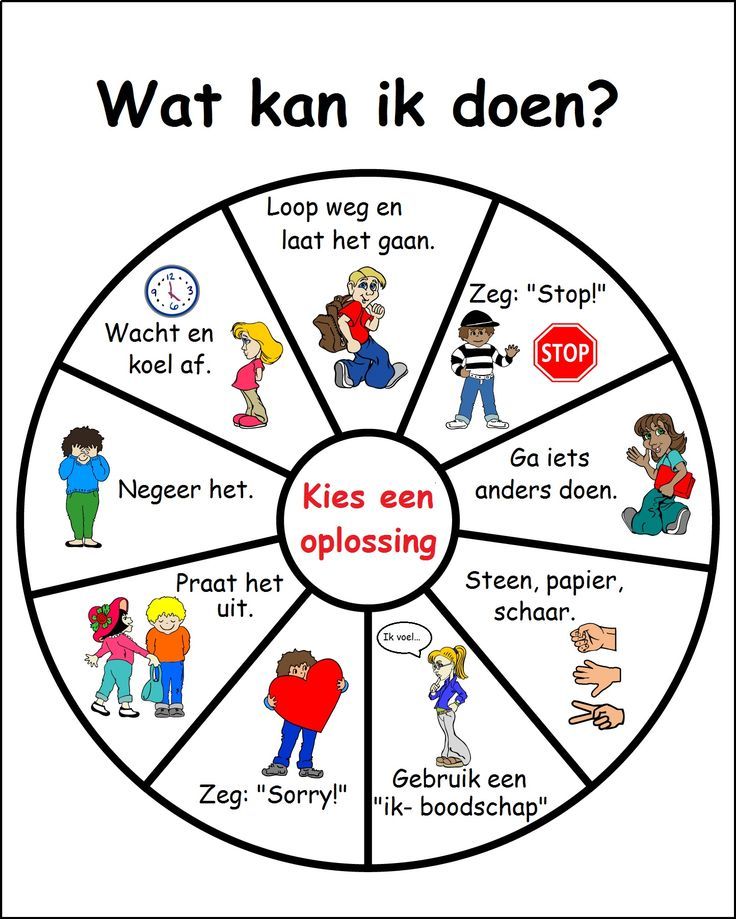
“These kids’ temper tantrums are so intense, so prolonged, so impossible to stop once they’ve started, you just can’t ignore it,” notes Nancy Peske, whose son Cole struggles with sensory issues. Peske is coauthor with occupational therapist Lindsey Biel, who worked with Cole, of Raising a Sensory Smart Child.
Fight-or-flight responseAnother response to being overwhelmed is to flee. If a child dashes out across the playground or parking lot, oblivious to the danger, Peske says that’s a big red flag that he may be heading away from something upsetting, which may not be apparent to the rest of us, or toward an environment or sensation that will calm his system. Or a child might become aggressive when in sensory overload, she says. “They’re actually having a neurological ‘panic’ response to everyday sensations the rest of us take for granted.”
Some kids on the spectrum are known to wander to water, too often with deadly results. One theory is that water offers input they crave because of sensory issues. “Not all sensory kids do this,” Peske says, “but most gravitate toward the sensations and environments they find calming or stimulating. Their self-regulation is not great, so safety takes a back seat to their need to get that input or that calming experience of being in water.”
“Not all sensory kids do this,” Peske says, “but most gravitate toward the sensations and environments they find calming or stimulating. Their self-regulation is not great, so safety takes a back seat to their need to get that input or that calming experience of being in water.”
Children, teens and adults with sensory challenges experience either over-sensitivity (hypersensitivity) or under-sensitivity (hyposensitivity).
What are sensory processing issues?Sensory processing difficulties were first identified by occupational therapist A. Jean Ayres, PhD. In the 1970s, Dr. Ayres introduced the idea that certain people’s brains can’t do what most people take for granted: process all the information coming in through seven — not the traditional five — senses to provide a clear picture of what’s happening both internally and externally.
Along with touch, hearing, taste, smell and sight, Dr. Ayres added the “internal” senses of body awareness (proprioception) and movement (vestibular). When the brain can’t synthesize all this information coming in simultaneously, “It’s like a traffic jam in your head,” Peske says, “with conflicting signals quickly coming from all directions, so that you don’t know how to make sense of it all.”
When the brain can’t synthesize all this information coming in simultaneously, “It’s like a traffic jam in your head,” Peske says, “with conflicting signals quickly coming from all directions, so that you don’t know how to make sense of it all.”
What are these two “extra” senses in Dr. Ayres’ work?
The internal sensesProprioceptive receptors are located in the joints and ligaments, allowing for motor control and posture. The proprioceptive system tells the brain where the body is in relation to other objects and how to move.
Children who are hyposensitive crave input; they love jumping, bumping and crashing activities, as well as deep pressure such as that provided by tight bear hugs.
If they’re hypersensitive, they have difficulty understanding where their body is in relation to other objects and may bump into things and appear clumsy; because they have trouble sensing the amount of force they’re applying, they may rip the paper when erasing, pinch too hard or slam objects down.
The vestibular receptors, located in the inner ear, tell the brain where the body is in space by providing the information related to movement and head position. These are key elements of balance and coordination, among other things.
Those with hyposensitivity are in constant motion; crave fast, spinning and/or intense movement, and love being tossed in the air and jumping on furniture and trampolines.
Those who are hypersensitive may be fearful of activities that require good balance, including climbing on playground equipment, riding a bike, or balancing on one foot, especially with eyes closed. They, too, may appear clumsy.
A sensory checklistTo help parents determine if their child’s behavior indicates serious sensory issues, Peske and Biel have created a detailed sensory checklist that covers responses to all types of input, from walking barefoot to smelling objects that aren’t food, as well as questions involving fine and gross motor function, such as using scissors (fine) and catching a ball (gross).
The list for infants and toddlers includes a resistance to cuddling, to the point of arching away when held, which may be attributed to feeling actual pain when being touched. By preschool, over-stimulated children’s anxiety may lead to frequent or long temper tantrums.
Grade-schoolers who are hyposensitive may display “negative behaviors” including what looks like hyperactivity, when in fact they’re seeking input. Those who are hypersensitive are avoiders; this can translate into refusing to brush their teeth or have their faces painted. To make things even more complicated, kids can be both seekers and avoiders and have both proprioceptive and vestibular challenges, along with issues relating to the traditional five senses.
Misinterpreted behaviorPeske sums up the way sensory issues can affect kids this way:
“If you’re a child who is oversensitive to certain sensations, you are not only likely to be anxious or irritable, even angry or fearful, you’re likely to be called ‘picky’ and ‘oversensitive. ’ If you rush away because you’re anxious or you’re over-stimulated and not using your executive function well because your body has such a powerful need to get away, you’re ‘impulsive.’ If you have trouble with planning and executing your movements due to poor body awareness and poor organization in the motor areas of the brain,” she adds, “you’re ‘clumsy.’ Because you’re distracted by your sensory issues and trying to make sense of it all, you may be developmentally delayed in some ways, making you a bit ‘immature’ or young for your age.”
’ If you rush away because you’re anxious or you’re over-stimulated and not using your executive function well because your body has such a powerful need to get away, you’re ‘impulsive.’ If you have trouble with planning and executing your movements due to poor body awareness and poor organization in the motor areas of the brain,” she adds, “you’re ‘clumsy.’ Because you’re distracted by your sensory issues and trying to make sense of it all, you may be developmentally delayed in some ways, making you a bit ‘immature’ or young for your age.”
Amid this confusion, there may be relief for more than a few parents in recognizing what maybe causing otherwise inexplicable behavior. “When I describe sensory issues to parents whose kids have them,” Peske says, “the usual reaction is ‘Oh, my gosh, that’s it!’ They’ve been trying to put a finger on ‘it’ for many months, even years! The sense of relief that they finally know what ‘it’ is is humongous.”
Video Resources for Kids
Teach your kids mental health skills with video resources from The California Healthy Minds, Thriving Kids Project.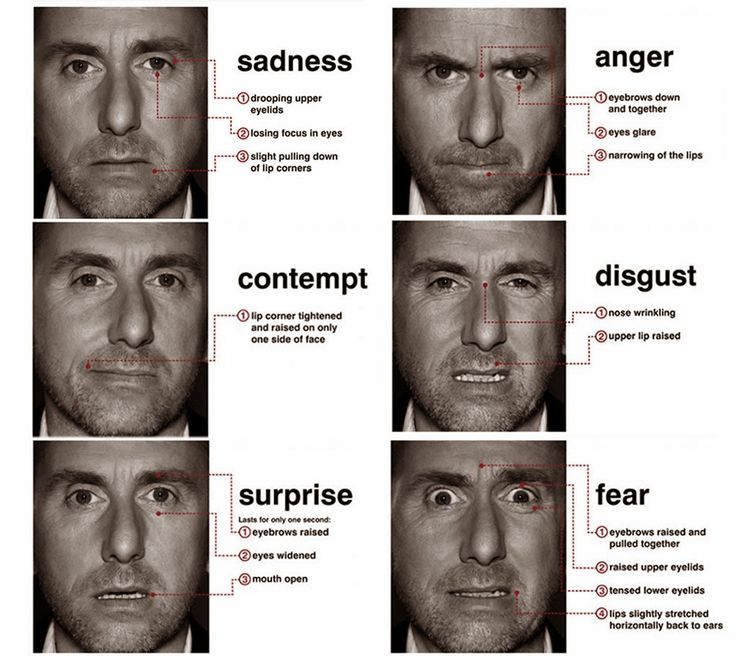
Start Watching
Frequently Asked Questions
What are sensory issues?Sensory issues are problems related to processing information from the senses, like sight and sound. Kids with sensory issues often get overwhelmed by things like light and noise and might act out or throw tantrums as a result.
What is sensory processing disorder?Sensory processing disorder is a set of behaviors related to trouble processing information from the senses, like sight and sound. It is sometimes called SPD. Sensory processing disorder is not recognized as an official diagnosis by psychiatrists.
What is SPD?SPD is another name for sensory processing disorder. Sensory processing disorder is a set of behaviors related to trouble processing information from the senses, like sight and sound. SPD is not recognized as an official diagnosis by psychiatrists.
What are the signs of sensory processing disorder?Signs of sensory processing disorder include sudden mood swings and strange behavior.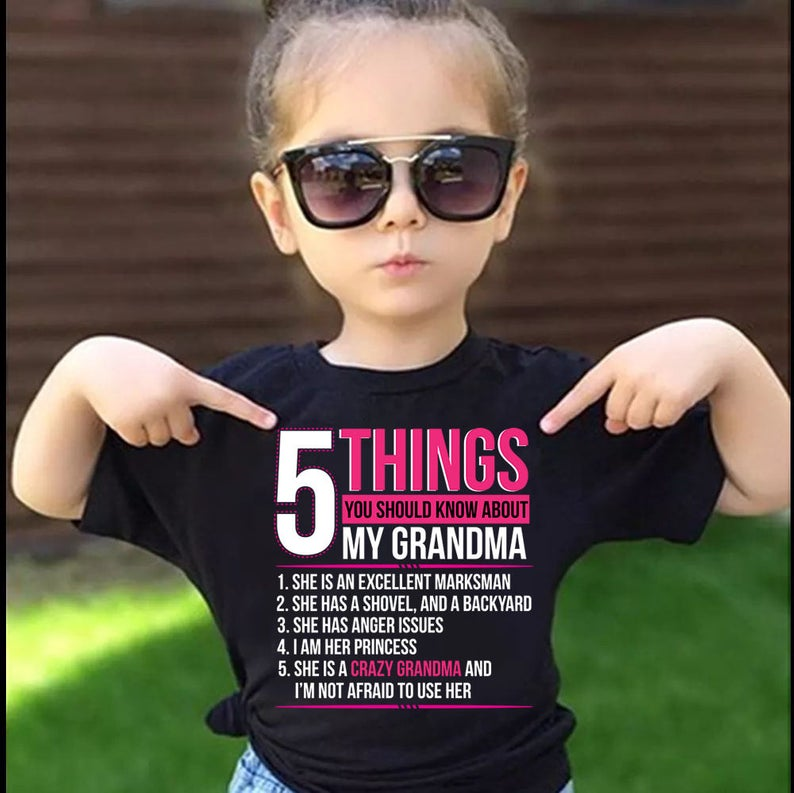 Kids with sensory issues might avoid bright lights or loud noises, run around crashing into things, throw tantrums, or appear clumsy.
Kids with sensory issues might avoid bright lights or loud noises, run around crashing into things, throw tantrums, or appear clumsy.
Sensory processing disorder (SPD) is not autism spectrum disorder (ASD), but the two disorders can look similar. Sensory issues are often a symptom of ASD. However, many kids with SPD do not have ASD (or any other diagnosis).
How to calm the anger of a short-tempered child
Every parent wants their child to be a calm boy or girl. But there are children who have already learned to solve their problems only with the help of aggression. Parents should help the child identify the source of anger and teach them how to deal with it. It takes time to acquire new habits, especially when it comes to short tempers.
Every child has certain experiences and unresolved conflicts that develop into outbursts of anger. For example, a child may feel unappreciated in the family or suffer from low self-esteem in the classroom. Adult task - identify the causes of the child's anger , which can be expressed by various negative experiences: irritation, anxiety, disappointment, etc.
Adult task - identify the causes of the child's anger , which can be expressed by various negative experiences: irritation, anxiety, disappointment, etc.
For many children, anger manifests itself in the fact that they fight, scream, hit and bite, they may bang their heads against the wall, because they simply do not know how to express their feelings in another way. For this child it is necessary to teach to recognize emotions . A few examples: angry, frustrated, enraged, agitated, enraged, anxious, tense, nervous, restless, annoyed, enraged . When your child is angry, use these words so that he can apply them later: "You seem really angry, do you want to talk about it?", "You seem annoyed, do you want this to go away?"
To make the child behave differently, teach him to conduct an internal dialogue . Teach your child to say a simple affirmative phrase that he will repeat to himself in any stressful situation, for example: “stop and calm down”, “don't lose your temper”, “I can handle it”.
Teach your child to let go of anger . Invite the child to draw or write on a piece of paper what pisses him off, and then tear this sheet into small pieces and “throw out the anger.”
Together with your child, master the deep breathing technique . Sit next to the child, make yourself comfortable so that your back is even and rests on the back of the chair. While counting to five to yourself, inhale, hold your breath for two counts, then exhale slowly, also counting to five. Repeating this exercise will help you relax as much as possible. Formula "1+3+10". Tell your child the following: “As soon as you feel yourself getting angry, do three things. up to 10. Thus, it turns out 1 + 3 + 10. This will help you calm down and regain composure.
Unfortunately, it happens that old habits do not disappear. As a good parent, you cannot allow this anger and irritation to continue. Try to apply "penalties" (they must be age and deed appropriate) and make a contract with the child. "If you start again... you'll have to stand in the corner for five minutes."
"If you start again... you'll have to stand in the corner for five minutes."
And be consistent!
Step by step change plan for problem child behavior
Adult behavior is a good example for a child. Therefore, you need to start re-education by looking from the outside at your own ways of expressing anger. Here are some questions to help you. How did your parents deal with anger? How do you usually deal with anger? Does it work in your case? Are you a good example of managing your condition for your child? What about the rest of your family? What lessons can a child learn from these actions? How do you usually respond to your child's anger? Does it work? What would you like to change? Write down your thoughts and then make a plan to change it.
1. Analyze how well your child can control his emotions. The way our children act often speaks to the deeper causes of the problem. Here are some signs that your child needs more intense anger management efforts. Which of these characteristics would apply to your child?
Which of these characteristics would apply to your child?
Signs of irascibility
• inability to express feelings when angry.
• frequent outbursts of anger, even over small things.
• Difficulty bringing yourself back to normal when angry.
• development of anger into an attack (for example, with shouting, beating, swearing, etc.).
• Difficulty getting out of a frustrating situation.
• Frequent fights or beatings with other people.
• isolation and silence, lack of inclination to share experiences.
• a tendency to tell, describe, or draw scenes of violence or violent acts.
2. Try to observe the child's temper tantrums for a week. Keep a schedule of your anger on a calendar. Perhaps this will help you find out the causes of these seizures. What can you do to reduce their frequency? Write down your thoughts.
3. Note how the child behaves before the onset of a fit of anger.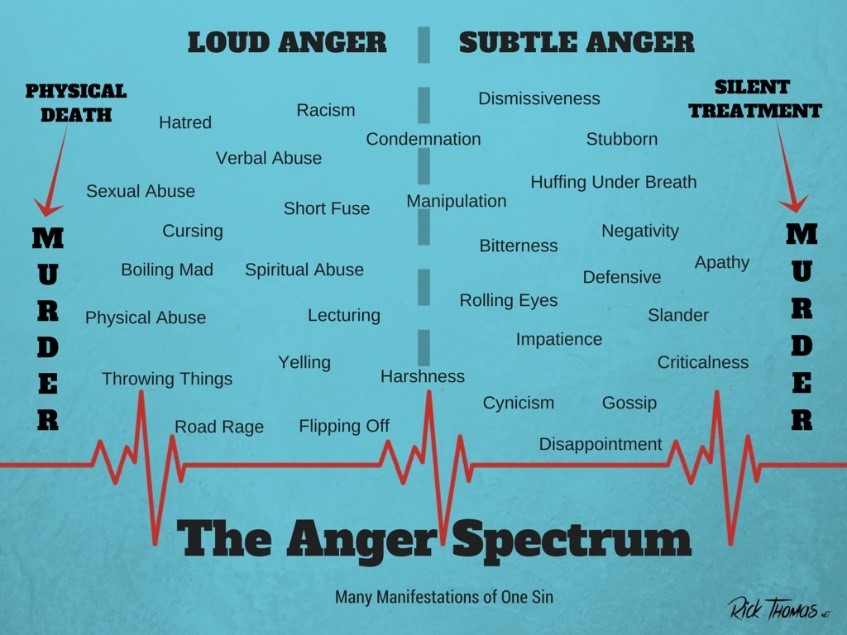 Write down your observations and then share them with your child to help him recognize signs of impending anger.
Write down your observations and then share them with your child to help him recognize signs of impending anger.
4. What are the likely sources of your child's anger? List them. What can be eliminated? What can be corrected? Plan a strategy to help your child deal with inevitable sources of anger.
5. Does your child have enough vocabulary to express his feelings? If not, consider how you can expand it.
6. Select an anger management strategy to be taught. Set days and times when you will use it, and keep using it until the child can do it without your help.
7. Unhealthy responses must be combated.
8. What punishments are you going to use to save him from misbehaving.
Anger is a completely natural emotion, but when it becomes a habit and begins to negatively affect the child's relationship with the family, with others, or when you notice sudden mood swings that are not associated with an illness, take action.
Behavior modification is hard, painstaking work that must be done consistently and based on reinforcing results through parental encouragement. Your child's progress towards change can be slow, but be sure to celebrate and reward each step along the way. It will take less than 21 days for the first results to appear, so do not rush to give up. Remember that if one approach doesn't work, another will. Record weekly progress in your child's behavior using the template below. Record progress daily in a step-by-step change diary for your child's problem behavior.
7 tips for parents who can't handle anger
The whims, disobedience, accidental and deliberate misconduct of a child - there are a lot of things that can anger even the most patient parent. There is probably not a single person who has never experienced anger towards his own children. What is this emotion, is it so terrible, how to deal with it? Let's figure it out together with psychologist Svetlana Pyatnitskaya.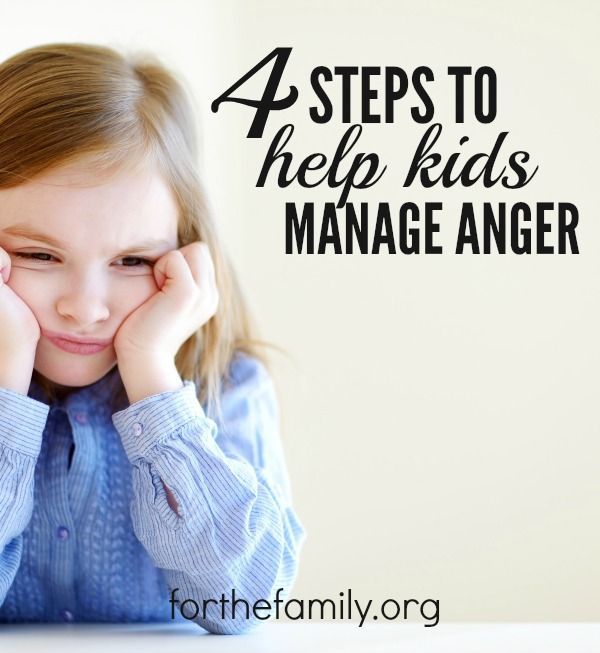
Svetlana Pyatnitskaya, preschool teacher, child and perinatal psychologist, author of educational programs for preschool children
Why anger is normal
Some parents feel ashamed of being angry with their own children. Instead of dealing with it, they forbid themselves to experience anger and do not give it an outlet. Over time, when irritation accumulates, an explosion can occur.
The first thing to understand is that it is natural for a person to react to what is happening around him by experiencing various emotions. And they are not negative and bad. They either help us to act effectively in each specific situation, or they hinder us.
It is important to learn to recognize different emotions in yourself, including anger, to allow yourself to experience them: this is the only way to manage them. When you understand the true motives of your anger, realize what exactly caused it, it is easier for you to contain it or express it in a way that does not hurt your child. And this awareness will also help you not feel like a bad parent who experiences the “wrong” emotions. This skill is developed gradually, with simple actions.
And this awareness will also help you not feel like a bad parent who experiences the “wrong” emotions. This skill is developed gradually, with simple actions.
How to learn to accept anger
Did your child get naughty, naughty, break a vase, or get another F? Remember all the things in his behavior that make you angry, and do this simple exercise. Take a piece of paper, write down and continue these sentences: “It annoys me ...”, “It annoys me that ...”, “I am angry ...”, “It infuriates me ...”, “I feel angry because ...”, “I I hate ... "," I am covered with rage when ... ".
Our brain is designed in such a way that any change in our emotional state causes our body to react. This exercise contributes to the actualization of sensation at the bodily level. And this, in turn, helps to recognize that there are situations in which we experience anger.
Did you have any discomfort while you were doing the exercise? And where do you "hurt"? Put your palm there and start breathing slowly through your nose, exhale through your mouth. With each new breath, you can feel how the unpleasant sensation in the indicated part of the body grows larger and larger, gradually growing to the size of the whole body: “I feel anger. I allow myself to experience it. I accept anger. I accept it and realize it." Gradually, the discomfort will pass. After all, when you admit to yourself that you have the right to experience anger - and this is normal, then its intensity will decrease.
With each new breath, you can feel how the unpleasant sensation in the indicated part of the body grows larger and larger, gradually growing to the size of the whole body: “I feel anger. I allow myself to experience it. I accept anger. I accept it and realize it." Gradually, the discomfort will pass. After all, when you admit to yourself that you have the right to experience anger - and this is normal, then its intensity will decrease.
How to cope with anger and not harm the child
What to do if you are ready to take it out on the baby, regardless of the seriousness of his offense, and even more so if the outburst of emotions has already occurred?
Stop!
When we are very angry, we cannot think logically, but we are able to act in a temper. Think about what can stop you in such a situation? A memory of how scary it was when you were scolded as a child? The kind of baby that causes pity? These images will help you cool your ardor and control yourself.
Switch
Think of an action that will help switch your attention. Cut off contact with the child. Change the environment: go out into the fresh air or at least onto the balcony. Wash off with cold water. Call a person who won't judge you. Swear several times. Crumple and tear the newspaper into small pieces. Inhale through your nose to a count of seven, exhale through your mouth to a count of eleven. This exercise will help you "reset" the nervous system.
Postpone an important decision
Try not to threaten or label your child. “You will sit at home during the holidays”, “I will take your tablet away from you”, “What a fool you are!” or even "You are a disgrace to the family" - refrain from such words, no matter what your child has done. You can tell him that you decide what to do with him when you come to your senses. So you serve as an example for him: anger can and should be dealt with constructively, and an adult is able not to chop off his shoulder.
Listen to your body
Switch to your bodily sensations by placing your hand on the part of the body where anger is felt most strongly. Breathe slowly and deeply.
Deal with the situation together
When you are sure you have calmed down, talk to your child. Explain to him what exactly made you lose your temper: “You were playing next to the road, I was scared for you”, “You are skipping swimming lessons, I was offended that you were deceiving me”, “You broke this cup, and she broke me was very dear as a memory, I was upset.” Be sure to tell the child that you did not want to scare him, hurt him with your behavior.
Prevent burnout
Do you notice that you have become touchy, irritable, do not hold back your anger and easily lash out at others, scold your child for the most insignificant trifles? Perhaps you are close to a state of emotional burnout. How to help yourself? First of all, you need to understand what you need to be in shape: enough sleep, light physical activity, the opportunity to retire with a book? If your condition is associated with fatigue, with a lack of time for yourself, try to delegate some of the responsibilities.
